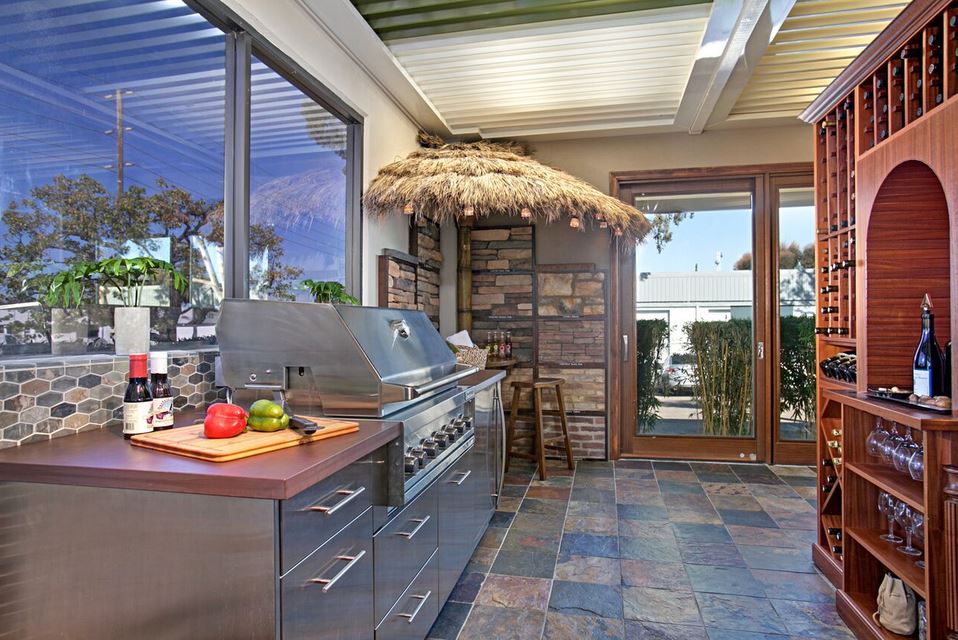Are you planning to go on an Alaska cruise in May? If so, you're probably wondering what to wear for your trip. Alaska's weather can be unpredictable, especially in May, so it's important to pack the right clothing to stay comfortable throughout your cruise. In this article, we'll discuss everything you need to know about what to wear for an Alaska cruise in May.
Pain Points of What to Wear for Alaska Cruise in May
When it comes to packing for an Alaska cruise in May, there are a few pain points to consider. Firstly, the weather in Alaska can be quite chilly, even in the summer months. This means you'll need to pack warm clothing to layer up and stay cozy. Secondly, May is considered the shoulder season in Alaska, which means the temperatures can vary greatly from day to day. This makes it challenging to know exactly what to pack.
Answering the Question of What to Wear for Alaska Cruise in May
So, what should you wear for an Alaska cruise in May? The key is to pack layers. This allows you to adjust your clothing throughout the day as the temperature changes. Start with a base layer made of moisture-wicking material, such as merino wool or synthetic fabric. This will help keep you dry and comfortable. Add a mid-layer, such as a fleece or down jacket, for insulation. Finally, top it off with a waterproof and windproof outer layer to protect yourself from the elements.
Main Points of What to Wear for Alaska Cruise in May
To summarize, when packing for an Alaska cruise in May, remember these main points:
- Layering is key to staying comfortable in Alaska's unpredictable weather.
- Start with a moisture-wicking base layer.
- Add a mid-layer for insulation.
- Finish with a waterproof and windproof outer layer.
Personal Experience with What to Wear for Alaska Cruise in May
During my Alaska cruise in May, I made sure to pack a variety of clothing options to accommodate the changing weather. I wore a moisture-wicking base layer, a fleece mid-layer, and a waterproof jacket on top. This allowed me to easily adjust my clothing throughout the day as the temperature shifted. I also packed warm hats, gloves, and thick socks to keep my extremities warm. Overall, I felt well-prepared and comfortable throughout the trip.
Explaining What to Wear for Alaska Cruise in May
When it comes to what to wear for an Alaska cruise in May, it's important to consider the unique weather conditions of the region. In May, temperatures in Alaska can range from the 30s to the 60s Fahrenheit, and it can rain or snow at any time. This means you need to be prepared for a wide range of weather conditions. Layering is essential, as it allows you to add or remove clothing as needed. It's also important to choose moisture-wicking and insulating materials to keep yourself dry and warm.
History and Myth of What to Wear for Alaska Cruise in May
There is no specific history or myth associated with what to wear for an Alaska cruise in May. However, it is important to note that Alaska's climate is influenced by its proximity to the Arctic Circle and the Pacific Ocean. This unique geography creates a challenging and ever-changing weather pattern, making it essential to pack the right clothing for your cruise.
Hidden Secret of What to Wear for Alaska Cruise in May
The hidden secret of what to wear for an Alaska cruise in May is to pack versatile clothing items that can be easily layered. This allows you to adapt to the changing weather conditions and ensures you stay comfortable throughout your trip. Look for clothing made of moisture-wicking and insulating materials, as these will keep you dry and warm even in damp and cold conditions. Don't forget to pack waterproof and windproof outer layers to protect yourself from rain and strong winds.
Recommendation of What to Wear for Alaska Cruise in May
Based on my personal experience and the advice of seasoned Alaska travelers, here are some recommendations for what to wear for an Alaska cruise in May:
- Moisture-wicking base layers
- Fleece or down jackets for insulation
- Waterproof and windproof outer layers
- Warm hats, gloves, and socks
- Comfortable and sturdy footwear
Explaining What to Wear for Alaska Cruise in May in More Detail
When it comes to what to wear for an Alaska cruise in May, it's important to consider the specific activities you'll be participating in during your trip. If you plan on going on excursions or hikes, make sure to pack comfortable and sturdy footwear. You'll also want to bring a good pair of sunglasses and sunscreen to protect yourself from the sun's rays, as the reflection off the snow and water can be intense.
Tips for What to Wear for Alaska Cruise in May
Here are some tips to help you pack the right clothing for your Alaska cruise in May:
- Check the weather forecast before your trip and pack accordingly.
- Layer your clothing to easily adjust to changing temperatures.
- Bring a mix of moisture-wicking and insulating materials.
- Don't forget to pack waterproof and windproof outer layers.
- Pack warm accessories like hats, gloves, and socks.
- Choose comfortable and sturdy footwear for excursions.
- Protect yourself from the sun with sunglasses and sunscreen.
Conclusion of What to Wear for Alaska Cruise in May
When packing for an Alaska cruise in May, it's important to be prepared for a wide range of weather conditions. Layering is key to staying comfortable throughout your trip, and you should pack clothing made of moisture-wicking and insulating materials. Don't forget to bring waterproof and windproof outer layers, as well as warm accessories like hats, gloves, and socks. With the right clothing, you'll be able to enjoy your Alaska cruise in May to the fullest.








